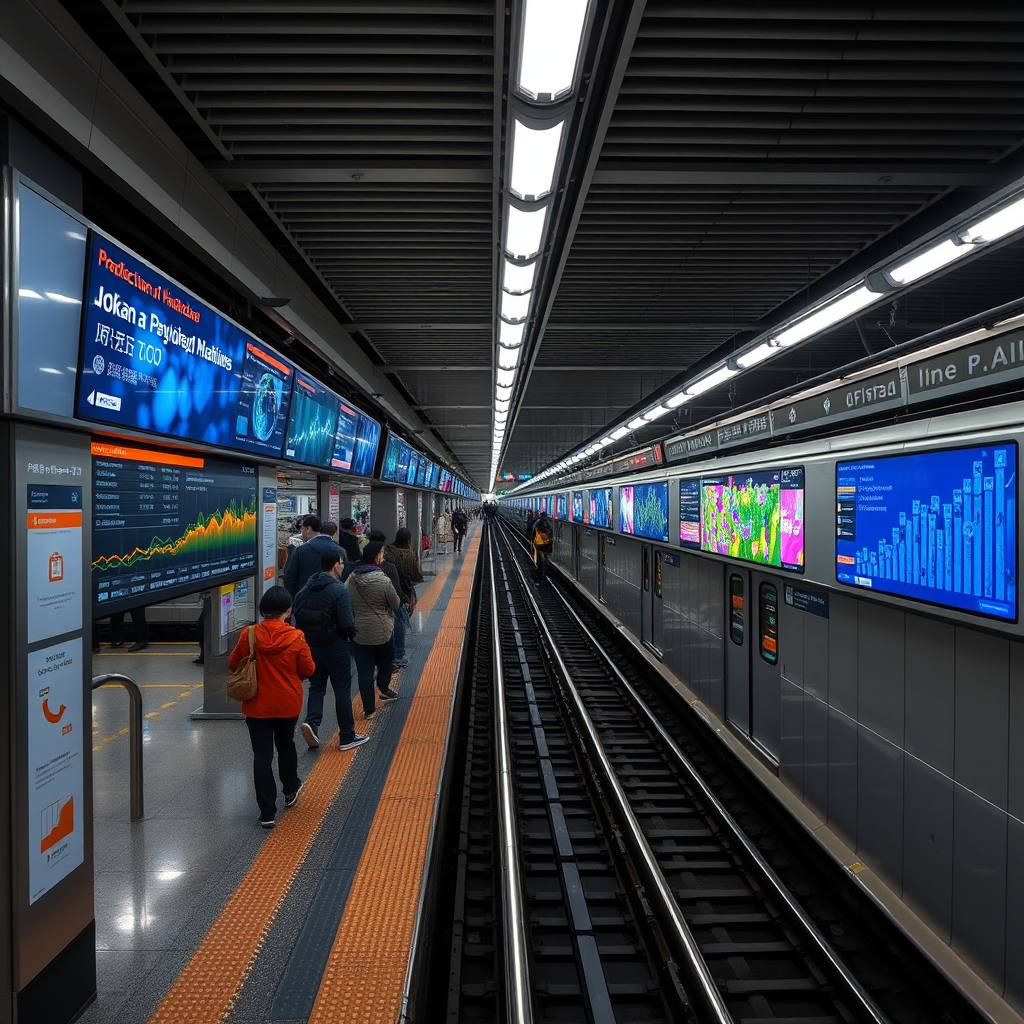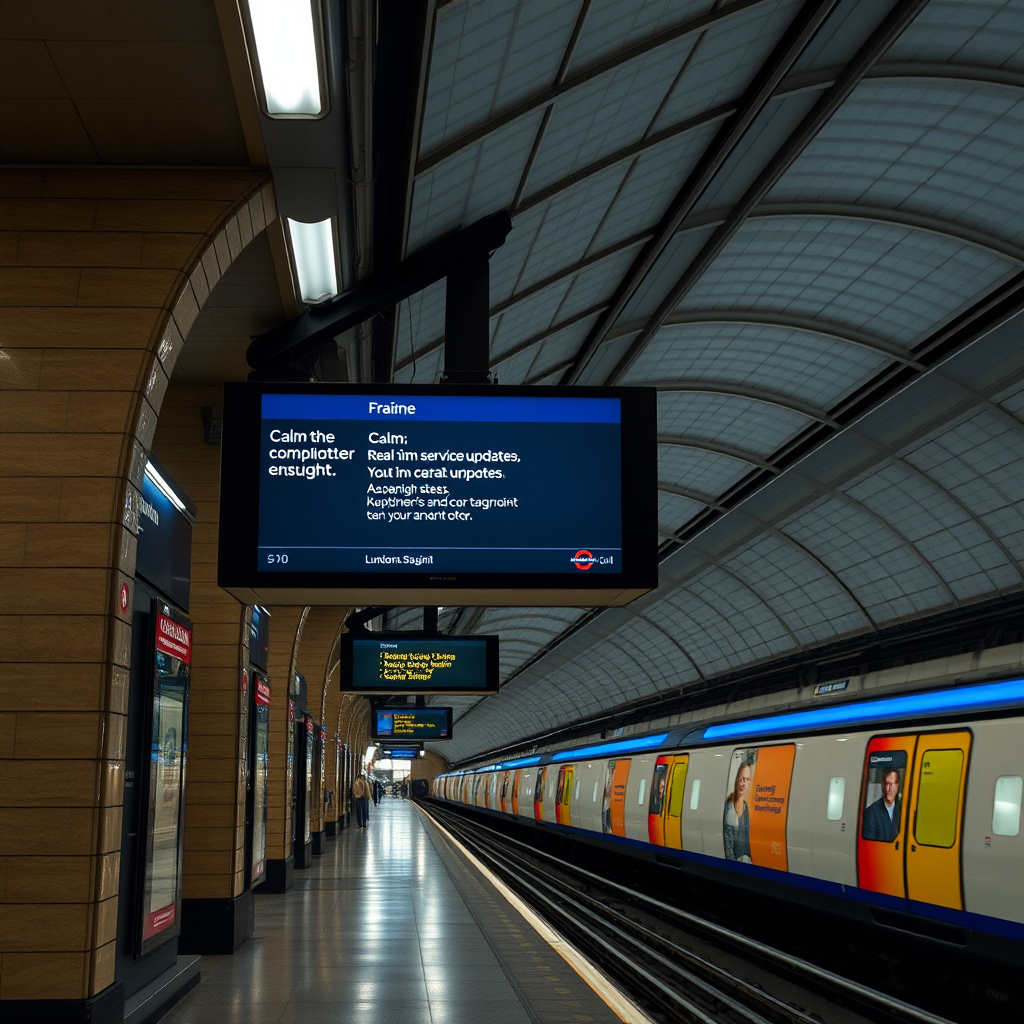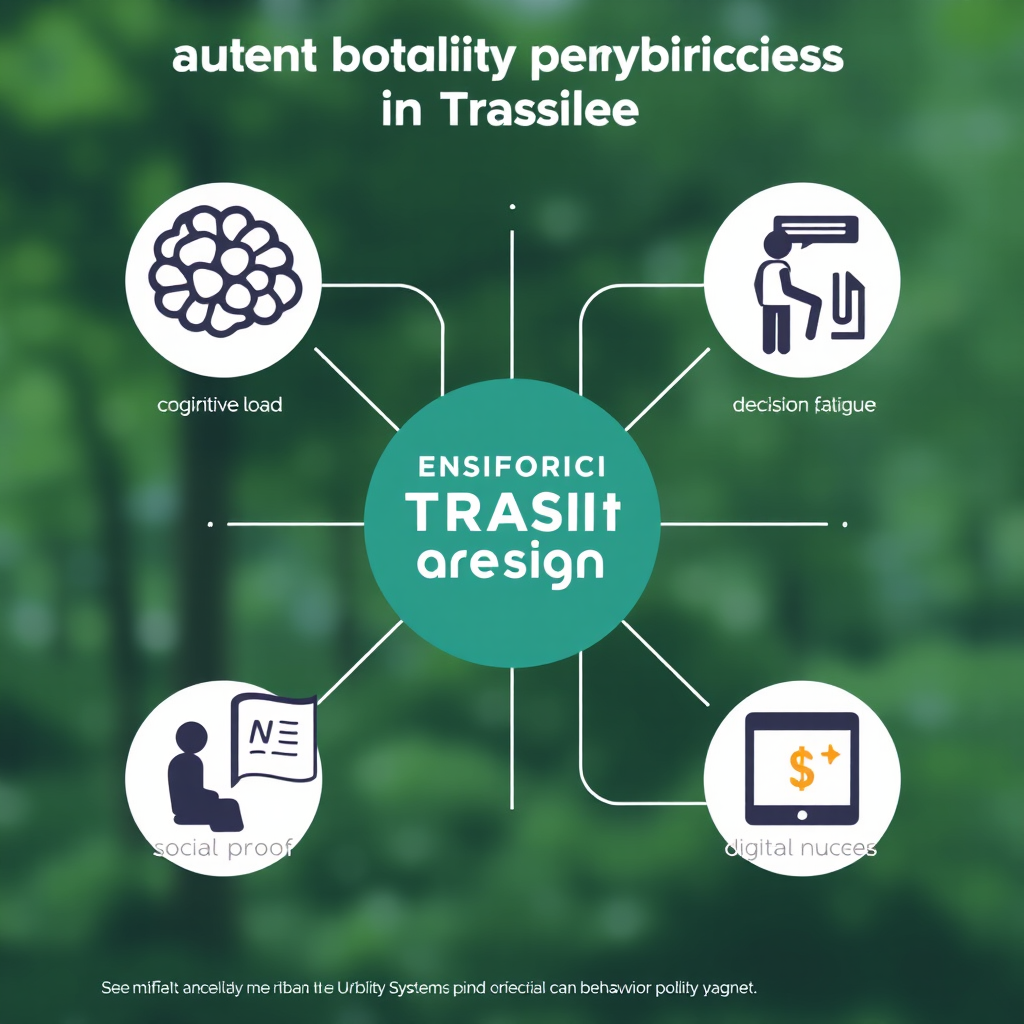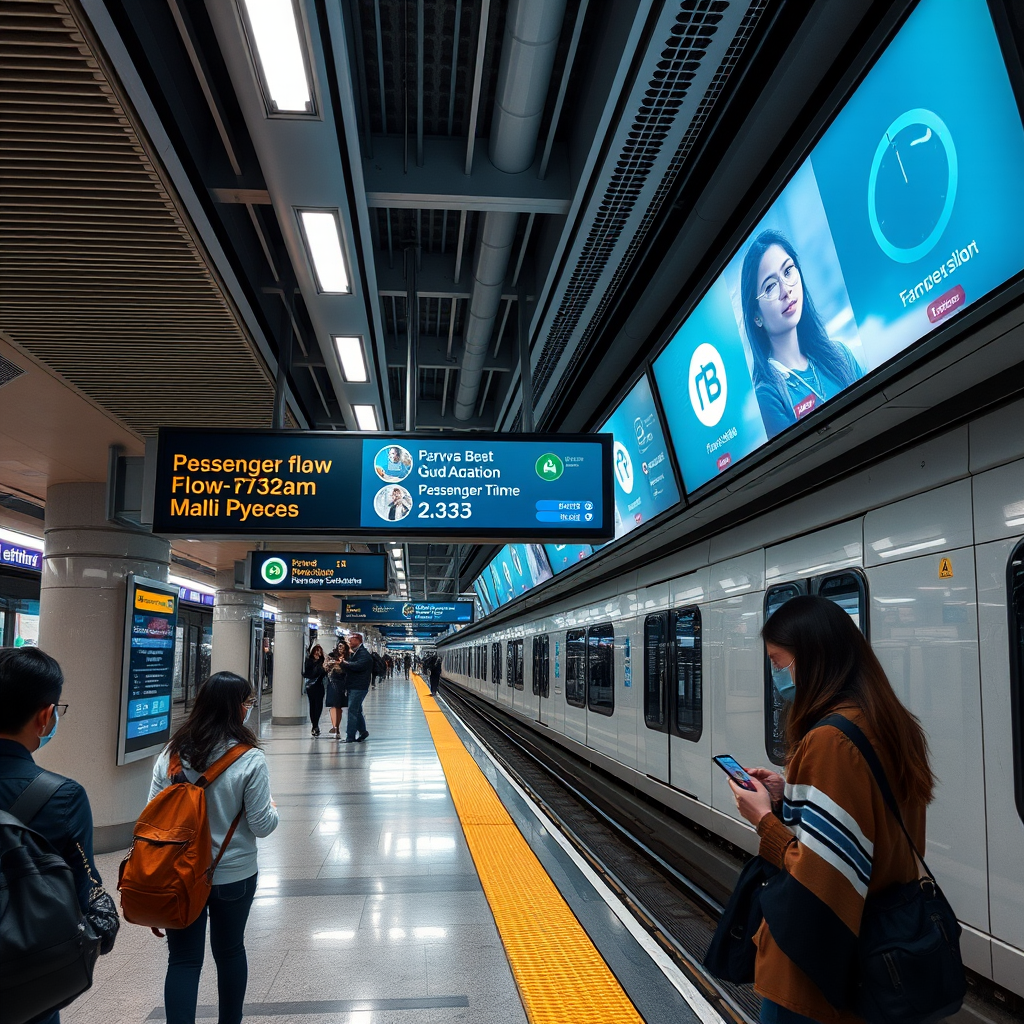The morning rush hour at Tokyo's Shinjuku Station is a masterclass in human choreography. Over 3.6 million passengers flow through this transit hub daily, yet the experience feels surprisingly smooth. The secret isn't just efficient engineering—it's behavioral design powered by smart city technology.
Transit authorities worldwide are discovering that the future of urban mobility lies not just in faster trains or more routes, but in understanding and gently guiding human behavior through digital infrastructure. This convergence of psychology and technology is creating adaptive cities that respond to our collective movement patterns in real-time.
The Science of Digital Nudges in Transit
Behavioral economics has long understood that small environmental changes can dramatically influence human decisions. In smart environments, these "nudges" become dynamic and data-driven. Modern infrastructure now incorporates IoT sensors and connected spaces to create responsive behavioral interventions.
"We're not trying to control passenger behavior, but to make the optimal choice the easiest choice," explains Dr. Sarah Chen, behavioral researcher at the Tokyo Metropolitan Transit Authority. "Digital public life requires infrastructure that thinks alongside its users."
The key lies in timing and subtlety. Digital displays that show real-time crowding levels, floor markings that light up to indicate optimal waiting positions, and mobile notifications that suggest alternative routes—all work together to create behavior in smart systems that feels natural rather than forced.
Tokyo's Predictive Flow Management

Tokyo's approach to urban mobility combines decades of operational expertise with cutting-edge sensors and civic platforms. The city's transit system uses machine learning algorithms to predict passenger flow patterns up to 30 minutes in advance, enabling proactive behavioral interventions.
Smart environments in Tokyo stations include:
- Dynamic Platform Guidance: LED strips embedded in platform floors that pulse toward less crowded train cars
- Predictive Crowding Displays: Real-time visualizations showing expected crowding levels for upcoming trains
- Behavioral Heat Maps: Digital infrastructure that learns from passenger movement patterns to optimize station layouts
- Gamified Timing: Mobile apps that reward off-peak travel with points redeemable for local services
The results speak to the power of adaptive cities: a 23% reduction in platform crowding during peak hours and a 15% improvement in overall passenger satisfaction scores.
London's Emotional Intelligence Network
Transport for London (TfL) has taken a different approach, focusing on the emotional aspects of public innovation. Their "Considerate Travel" initiative uses behavioral insights to address not just efficiency, but passenger wellbeing in connected spaces.

London's digital public life infrastructure includes empathetic messaging systems that adjust tone based on service disruptions. During delays, displays shift from purely informational to supportive, acknowledging passenger frustration while providing clear alternatives.
The system also uses ambient lighting and sound design to create calmer environments during high-stress periods, demonstrating how future urbanism can address both functional and emotional needs.
New York's Data-Driven Accessibility
The Metropolitan Transportation Authority (MTA) in New York has pioneered the use of behavioral design to improve accessibility in smart city environments. Their "Inclusive Flow" program uses modern infrastructure to create more equitable transit experiences.
Key innovations include:
Predictive Accessibility
IoT sensors track elevator and escalator usage patterns, predicting maintenance needs and suggesting alternative accessible routes before equipment fails.
Cognitive Load Reduction
Simplified wayfinding systems that adapt complexity based on passenger stress indicators measured through crowd density and movement patterns.
The Psychology Behind Smart Mobility
What makes these behavioral interventions effective isn't just the technology—it's understanding fundamental human psychology in urban environments. Research shows that passengers make transit decisions based on perceived rather than actual wait times, prefer certainty over speed, and respond positively to feeling informed and in control.

Digital infrastructure leverages these insights through:
- Transparency: Real-time information that reduces uncertainty and anxiety
- Social Proof: Showing how other passengers navigate the system successfully
- Choice Architecture: Presenting options in ways that guide toward optimal decisions
- Feedback Loops: Immediate responses to passenger actions that reinforce positive behaviors
Challenges and Ethical Considerations
As civic platforms become more sophisticated in their behavioral interventions, questions arise about privacy, autonomy, and the ethics of influence in public spaces. The line between helpful guidance and manipulation requires careful consideration in future urbanism planning.
Transit authorities are addressing these concerns through transparent data practices, opt-in participation for personalized features, and regular community feedback sessions. The goal is creating adaptive cities that enhance rather than replace human agency in urban mobility decisions.
Looking Forward: The Next Generation of Transit Behavior
The future of behavioral design in public transit points toward even more sophisticated integration of psychology and technology. Emerging trends include:
Predictive Personalization
AI systems that learn individual passenger preferences and provide customized routing suggestions
Cross-Modal Integration
Behavioral nudges that work across different transportation modes for seamless urban mobility
Community-Driven Design
Passenger participation in designing and refining behavioral interventions for their local transit systems
As smart environments become more prevalent, the lessons learned from transit behavioral design will likely influence other areas of digital public life—from smart buildings to urban parks to civic service delivery.
Key Takeaways for Urban Planners
- Behavioral design works best when it feels invisible to users
- Real-time data enables dynamic rather than static interventions
- Emotional intelligence is as important as operational efficiency
- Transparency and user agency must be preserved in smart city systems
- Success requires ongoing measurement and adaptation based on actual passenger behavior
The convergence of behavioral psychology and urban technology represents a fundamental shift in how we think about public innovation. Rather than simply moving people from point A to point B, modern infrastructure can actively improve the quality of urban life through thoughtful, data-driven design.
As cities continue to grow and evolve, the principles pioneered in transit systems—understanding human behavior, leveraging real-time data, and creating responsive environments—will become essential tools for building truly adaptive cities that serve their citizens' needs both efficiently and empathetically.
